TAPAS.network | 21 March 2024 | Commentary | Glenn Lyons
Triple Access Planning – a diffusing innovation that reflects our new look world

Transport planning must evolve to match the new context of a changing world in which mobility is just one element of how we connect with the things we need and want to have, and to do, says Professor . Here he explains the origins and development of the Triple Access Planning idea, and introduces a new Handbook about it with guidance for practitioners about implementing the concept in the context of their professional activities.
The makings of a new approach to how we shape the future
Developing the concept of Triple Access Planning has been at least a 10-year journey for me. Back in 2014 I led some work within the New Zealand Ministry of Transport that was considering future uncertainty in demand for car use in shaping transport policy. No sign of a pandemic back then! But there were clear signs that the digital age was affecting transport, and that our assumptions from the past about accessibility and connectivity needed a re-think.
We conceived of the notion of what we called the Triple Access System (see Figure 1). It basically describes the world we live in these days.
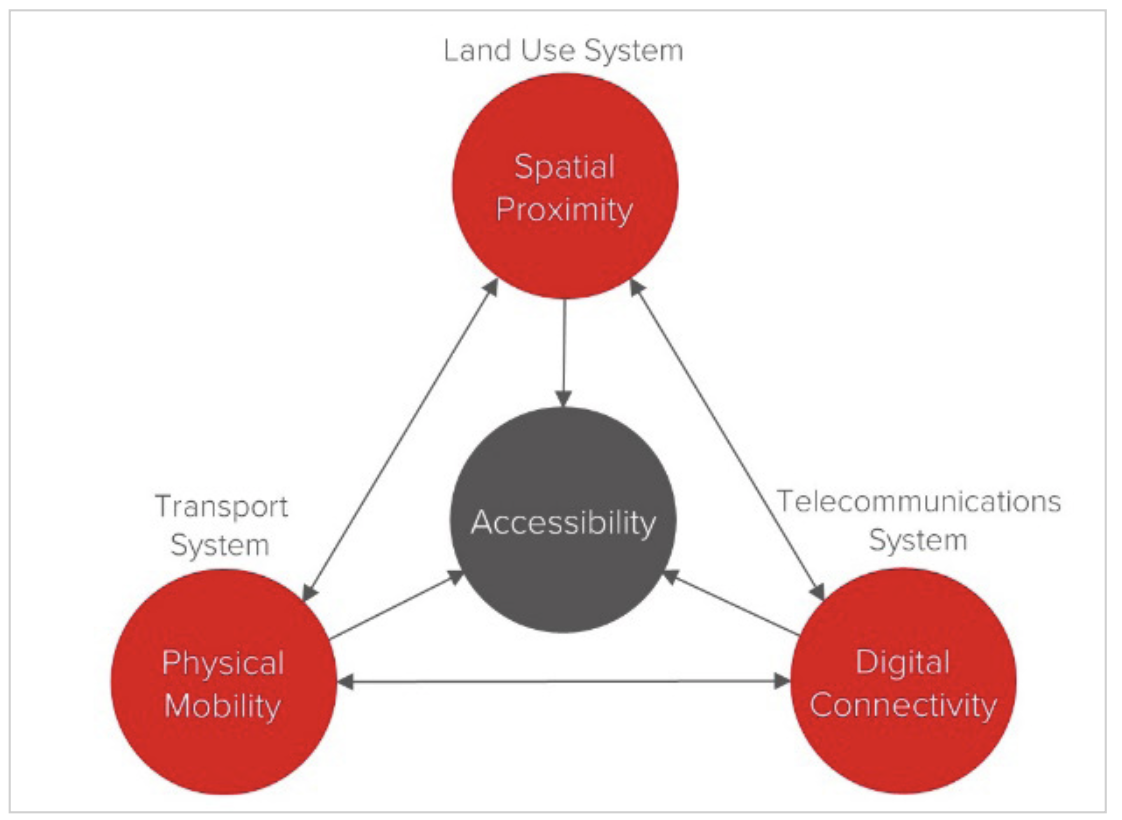
Figure 1: The Triple Access System
In going about our personal and working lives we rely, to varying extents, on the three options of what we need or want to access being either within reach by jumping in a car or on public transport; by it being handily close by; or by it being accessible online. In other words, we rely upon a combined offering from the transport system, land use system, and telecommunications system.
It follows that if as planners we want to contribute to sustainable stewardship over the future then we need to consider the system we are trying to shape. If we only consider the transport system then we are being dangerously blinkered, and we’re inviting uncertainty into decision making simply by ignoring the other two systems.
The work in New Zealand also set out an alternative paradigm to ‘predict and provide’ as the maxim for future planning of accessibility. It put forward the idea of ‘decide and provide’.
In short, it can be said that instead of simply looking to transport planning in the paradigm of predict and provide, we advocated a new way forward: Triple Access Planning in the paradigm of decide and provide. The contrasting approaches are outlined in Figure 2.
Fundamentally, Triple Access Planning is vision-led (not forecast-led); it points to supply-led demand (instead of demand-led supply); it is access-focused (not mobility focused); and it accommodates rather than conceals uncertainty. It is applicable to both urban and rural transport planning.

Figure 2. The contrasting approaches of transport planning and Triple Access Planning
I’ve spent the last 10 years encouraging the approach, and helping support its introduction into planning practice. And I’ve not been alone. A growing band of innovators has emerged.
Recent developments have underlined the credentials – in theory at least – for Triple Access Planning being the way forward.
The arrival of the COVID-19 pandemic in an unexpected and unprecedented way, exposed politicians, professionals and the public globally to the importance of the Triple Access System which proved resilient in offering continuity of access for many in the new mobility-constrained world we were in. Society continued to function. The pandemic also reminded us of the incredible capacity of humans to adapt – supply of access changed (notably with restrictions on using the transport system), and demand adapted as a consequence. Behaviours changed.
The pandemic also propelled us further into making use of digital connectivity to support our economic and social activities. Now, more than ever, when I’m occasionally in my car driving in traffic for work – especially since it’s knowledge work – I can’t quite believe how archaic it seems to see all these boxes of metal on wheels burning energy and creating emissions to move human brains from one place to another to exchange information. It’s quite remarkable that while digital accessibility is omnipresent – it is everywhere in society – it is still also almost unacknowledged and invisible in transport planning.
Alongside the pandemic is the climate emergency. This has led to a succession of governments around the world nationally and locally drawing up commitments that represent decide and provide, to alter the transport trajectory or at least the decide part. They are setting goals for decarbonisation and trying to determine how to provide a way of getting there.
Over the last few years it has been very encouraging to see decide and provide and Triple Access Planning being recognised and adopted by a number of transport and planning authorities. I consider this to be a diffusion of innovation. It’s not a revolution in transport planning, but it is a very important evolution. Triple Access Planning needs us first of all to pause, reflect and open our minds with a willingness to unthink and rethink the way we approach planning. As Stephen Cragg, Head of Appraisal and Model Development at Transport Scotland, would say, we need to get philosophical. Triple Access Planning is not offered up as an easier alternative to transport planning, but I would strongly suggest it is more fit for purpose for the times we are living in.
Triple Access Planning for Uncertain Futures – A Handbook for Practitioners
As a new concept with an underpinning logic and conceptual framework, one thing Triple Access Planning has needed is a guiding textbook and professional reference document. Three years ago, a five-country, sixteen-partner consortium secured funding for a three-year pan-European project to further explore Triple Access Planning and develop guidance for practitioners. The project’s labours this week (18 March) bore fruit in the form of the release of a new Handbook which is available at https://uwe-repository.worktribe.com/output/11751967/.
The Handbook is a companion guide for those who are already conversant with transport planning or other planning approaches. It explains the triple access perspective on planning, the handling of uncertainty, addressing access for goods within the concept (a neglected aspect of transport planning and one of growing importance), and the organisational and institutional challenges associated with Triple Access Planning.
For each of these themes, four planning phases are examined:
-
(i) Philosophy - why take this approach?
-
(ii) Preparation and Analysis – assessing the current and future situations;
-
(iii) Strategy Development – determining visions/goals and the approaches to achieving these; and
-
(iv) Measure Planning – identifying more specifically what needs to be implemented to achieve goals.
The first of these is an important (informal) orientation phase. The other phases reflect those recognised within the methodology of European Sustainable Urban Mobility Planning which also includes ‘Implementation and Monitoring’ which is relevant to all planning approaches. The four key dimensions create the basis for the Handbook’s structure and it includes a handy navigation bar built in (see Figure 3).

Figure 3. The Handbook navigation bar showing how the Handbook is organised
The Philosophy dimension to the Handbook may appear out of place in a guide for practitioners but this could not be further from the truth. Failing to plan is planning to fail – but failing to think before planning is also planning to fail. As part of the project, the team developed a serious card game to allow practitioners to engage in such thinking, and explore Triple Access Planning for themselves by taking part in a SWOT analysis. Pre-prepared SWOT elements (see Table 1, below, in overview) are provided as a deck of cards with four suits – Strengths, Weakness, Opportunities and Threats. There are ten cards in each suit.
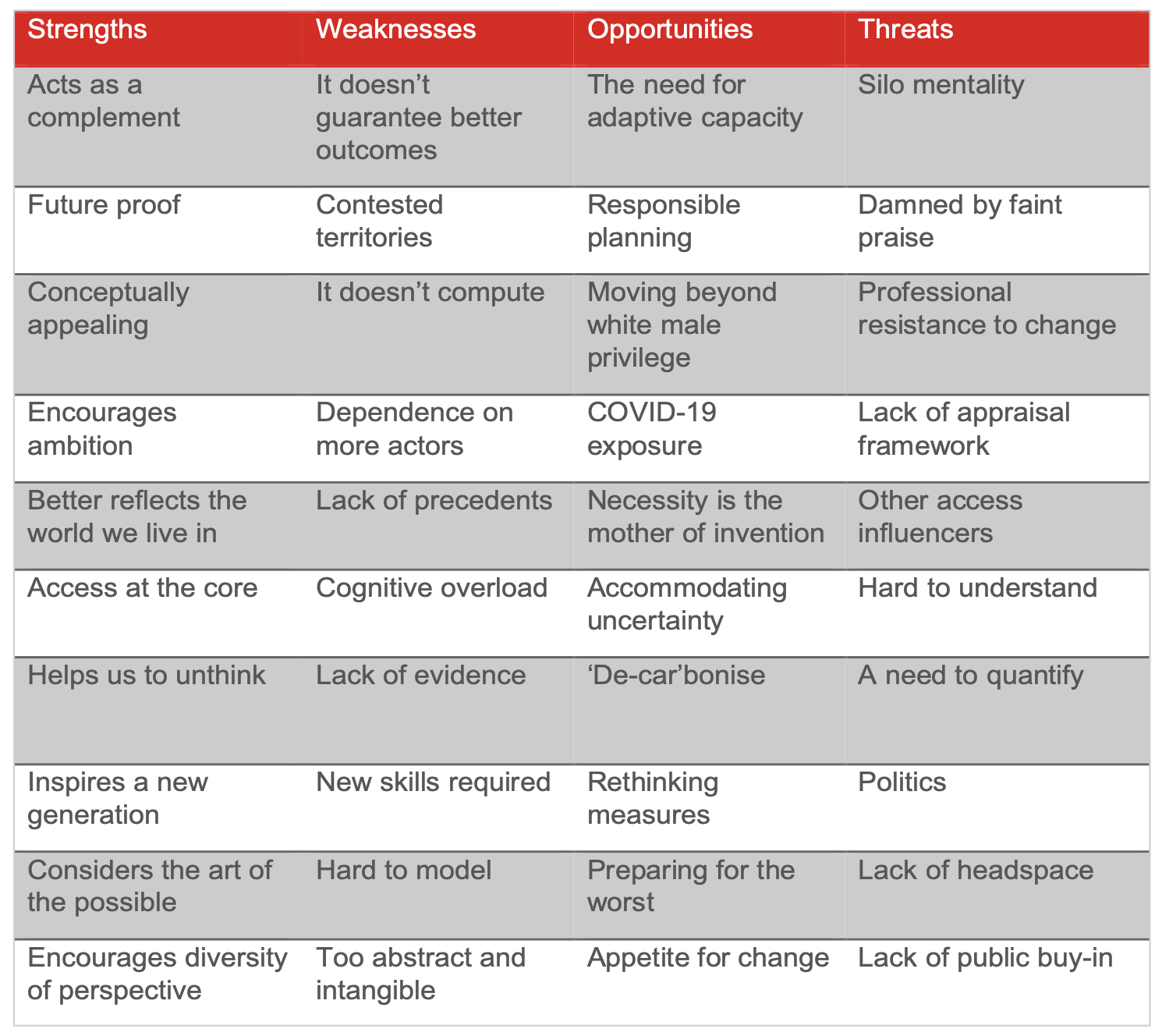
Table 1. Summary of Triple Access Planning’s potential strengths, weaknesses, opportunities and threats
Teams of practitioners work together in the game to critically examine the cards and narrow them down to a shortlist of five, from which they reach a recommendation on whether or not to adopt Triple Access Planning for the transport planning authority in question. Over forty teams of players have engaged with the game (Figure 4). A team of students from the University of the West of England’s MSc Commercial Games Development have also converted the game into an online version. The information and files needed to play either the offline or online version of the game are available on the project’s website (https://www.tapforuncertainty.eu/serious-game/).

Figure 4. The serious game TAP-SWOT in a BOX and game players in action
Connectivity v Accessibility
The new Triple Access Planning Handbook makes an important distinction between digital connectivity and digital accessibility. Digital connectivity is a necessary, but not sufficient, condition for digital accessibility. Digital connectivity reflects the availability of digital infrastructure. Digital accessibility, in contrast, is about the ability to use digital connectivity to engage in activities. This involves having appropriate technological devices, sufficient digital literacy, and the availability, affordability and suitability of online activities and services, to fulfil people’s economic and social needs or desires digitally. Digital accessibility influences transport system use in many ways: substituting for, stimulating, supplementing, redistributing, improving the efficiency of, enriching and indirectly affecting travel. If we ignore this significant driving force in our analysis, we are simply inviting uncertainty into the planning process.
In support provided to Transport for the West Midlands for its involvement with Triple Access Planning, my colleagues at Mott MacDonald have demonstrated how it is possible to develop a new technique for geographically-based accessibility mapping (see Figure 5).
Spatial proximity was based on access by foot and bike (weighted equally) within 15-minutes to a basket of local amenities and services. This included local centres (a proxy for everyday retail); primary, and secondary education; primary healthcare; open space and fitness amenities; and cultural and social facilities.
Physical mobility was based on access to employment by public transport, derived from the local strategic transport model and calculated at the spatial level of the model’s zones.
Digital accessibility was based on Internet user classification data which provides neighbourhood profiles that reflect how people in their neighbourhoods access and engage with the Internet. The data provides insight into the propensity for local populations to access services digitally. This choice was made because provision of fast broadband services is good across the West Midlands, and such a measure (digital connectivity) showed relatively little spatial variation.
Triple Access Planning also includes the need to accommodate uncertainty in planning. Within the project, six possible 2040 urban futures were developed based upon a series of systems thinking workshops used to better understand the Triple Access System in the present context, to then consider how it might change in future.
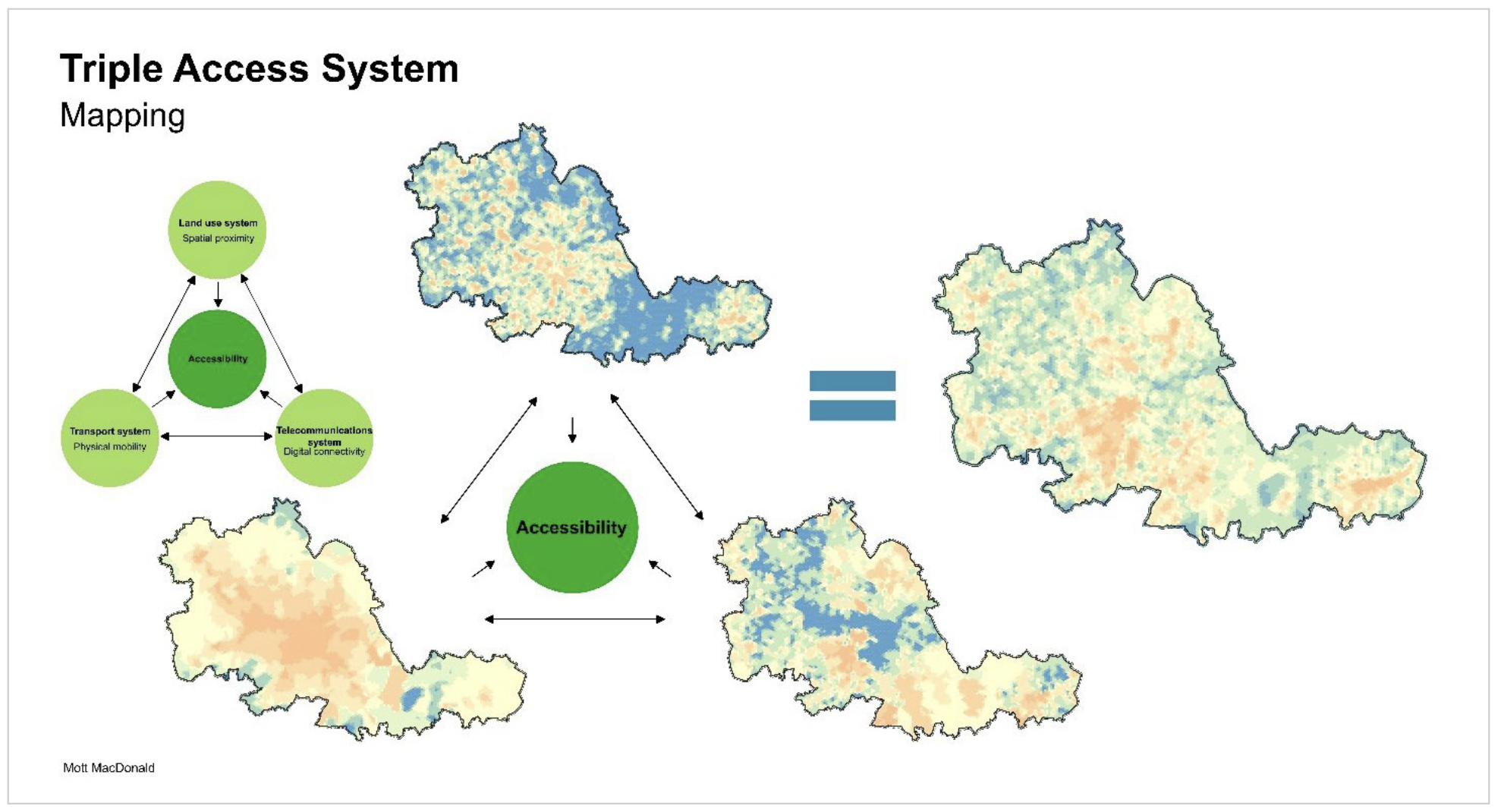
Figure 5. Mapping triple access in the West Midlands
In brief, the six future socio economic behavioural scenarios are as follows:
Scenario 1 - Too Slowly Greener: There is persistently high consumerism and slow-to-recede dependence upon car use, ‘greener’ though it is. These are awkward reminders of past behaviours in a world in which climate change is still a major concern. This is despite an ever more depended-upon digital world of access, a richer urban mix of land use, and complementary appetite for active travel to compensate for sedentary, digital lifestyles.
Scenario 2 - Uneconomically Net-Zero: Strong and effective efforts to tackle climate change in the 2020s and 2030s have come at some cost to economic performance and public finances and contributed to a reshaping of economic and social activity. Motorised multi-modal mobility is affordable and accessible, but in a society in which digital activity dependence is much greater and urban land use less diverse.
Scenario 3 – In a Fix: Concerted global effort to tackle climate change has been ineffectual and economically costly. Climate anxiety has shaped attitudes and behaviours that have dampened the role of motorised transport in access provision, driving a prudent live-local-act-global urban dynamic.
Scenario 4 - Bye Bye Car: There has been a marked shift in attitudes and lifestyles since the 2020s with a high level of consciousness concerning the environmental consequences of behaviours- including travel. Climate change remains a serious threat although the transition to a green economy is underway with appetite for local living, and ‘responsible’ access fulfilment, with car use moving into the shadows.
Scenario 5 - Happy Green Dispersal: Society is thriving in a green economy, with an environmental consciousness that accompanies greater optimism over addressing climate change than was seen in the 2020s. Many people invest in having their own means of motorised mobility and digital connectivity at their disposal for access, as land use patterns have changed and urban density declined, but for travel itself there is an established modal hierarchy.
Scenario 6 - Tech Innovation Bonanza: Concurrent successful diffusion of technological innovations in physical mobility and digital connectivity have shaped a society able to be quietly confident that decarbonisation is in check. People enjoy a richness of access choice that includes balanced and complementary patterns of alternative access fulfilment in highly populated urban environments.

Figure 6. Illustration of how to stress-test candidate policy interventions against different future contexts to help address decision making and investment risk
The new Handbook explains how to make use of such scenarios in strategy development, and in measure planning, and distinguishes between different levels of uncertainty and associated means of addressing them. A key part of this is the role of explorative scenarios in stress testing candidate measures or policy interventions in terms of how they could contribute to moving towards the agreed vision (see Figure 6). The aim is to support more robust decision making.
The Handbook takes another important step in ensuring attention is given to access for goods as well as access for people. Perhaps like digital accessibility, the movement of goods may have been largely invisible in parts of transport planning, but it surrounds us in our daily lives and has grown in significance as digital accessibility has increased in popularity for shopping and purchasing of goods.
Goods deliveries put substantial demands on the transport network, and the changing demands they serve mean last-mile deliveries are intensified with amplified inefficiencies in local transport systems. Guidance in the Handbook helps recognise the nature of the challenges associated with access for goods (such as stakeholder roles and opportunities to influence, and availability or not of data to help inform decision making) and provides advice on how to address them. By developing mental models of how goods movement integrates with the wider transport system (see Figure 7) it becomes possible to build stronger understanding between different stakeholders and to inform the planning process. There is a need to: integrate team skills and knowledge to feed thinking; speak the right language; understand stakeholders’ needs and expectations; and ‘measure the size’ of the problem.
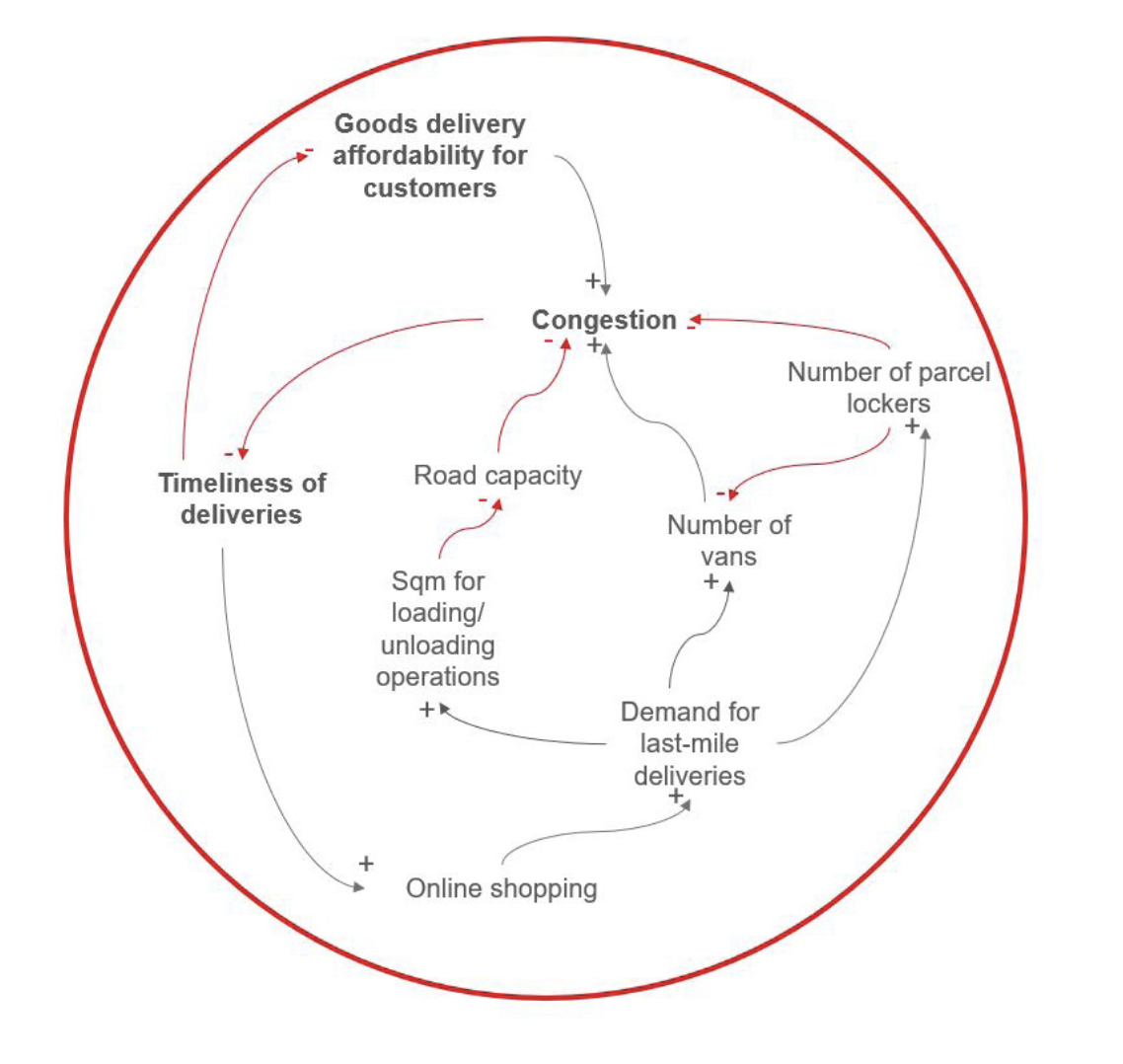
Figure 7. A mental model of how changes in the extent of online shopping can affect goods movement and the wider transport system
The Triple Access Planning Handbook recognises that transport planning practice takes place in particular organisational and institutional settings that can present their own challenges. Importantly it highlights the existence of: (i) soft institutional structures and informal governance procedures; and (ii) hard institutional structures and formal governance procedures (see Figure 8). If Triple Access Planning thinking and practice are to become more widespread, organisations and especially institutions need to change. The Handbook advises that to change institutions, an inventory should be made of formal and informal institutional settings and governance resources and practices. This should focus on the informal aspects of institutional practice, such as norms, values, mental models and discourse, as well as tools and incentives for implementation. They can thus be made more explicit from the beginning of the process and thereby reduce the uncertainty caused by informal institutional structures, and their impacts on the process otherwise being ‘invisible’.
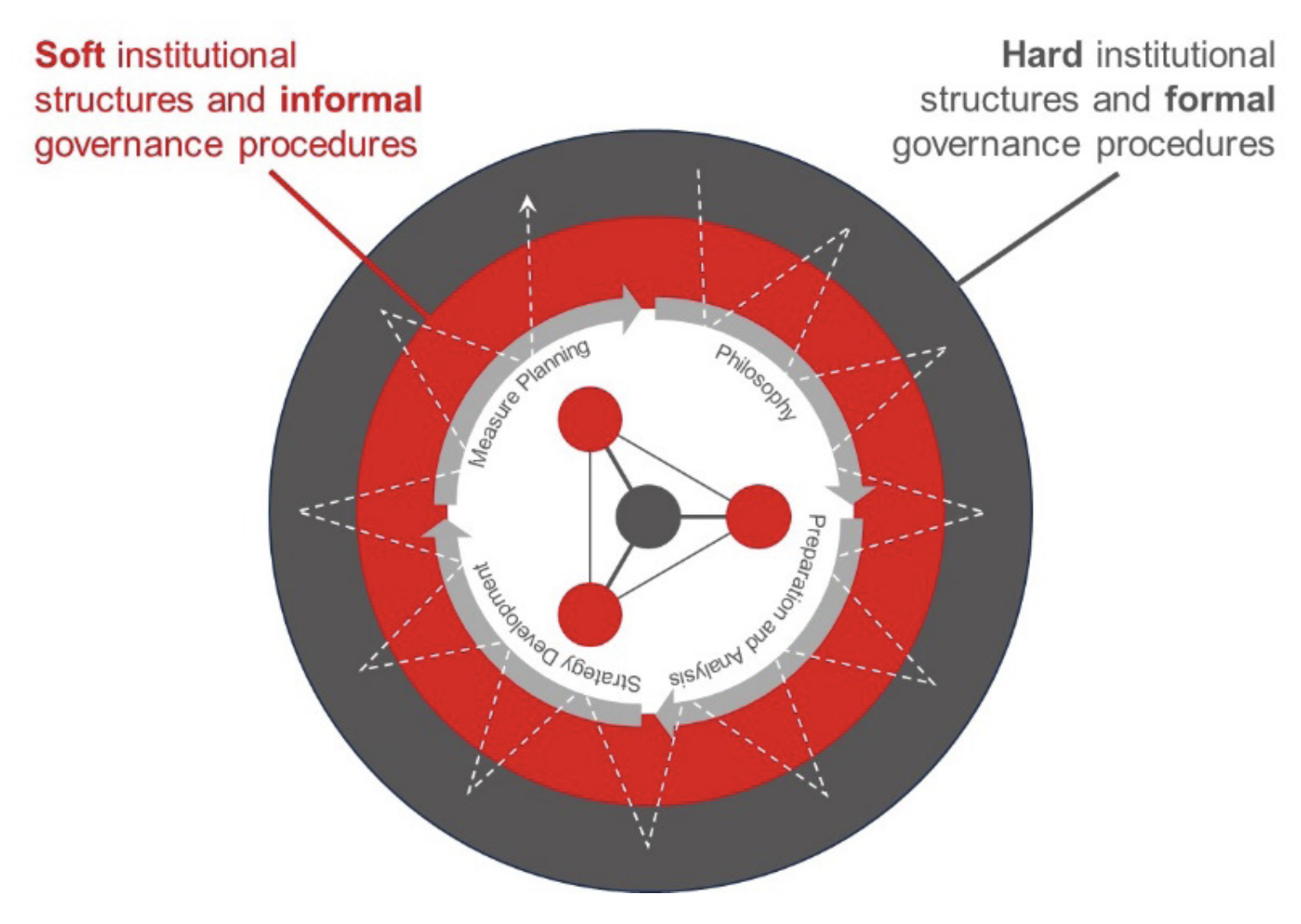
Figure 8. The inuence of institutional structures and governance procedures through the process of Triple Access Planning
Existing ways of working and thinking meanwhile greatly affect what data are gathered for the planning process, and in what way: this is an institutional issue. This in turn can affect (whether and) how uncertainty is dealt with (particularly where there is an assumption that the data gathered have a level of certainty to them). It can affect what future depictions of the transport system are like, and which measures within it are developed. For example, if data gathered are primarily related to motor vehicle trips, this will tend to skew the generation of the vision and measures associated with it towards those that are related to motor vehicles. Assumptions about the importance or otherwise of the data that are being gathered should therefore be reviewed, and where appropriate, challenged.
The Diffusion of Innovation
While Triple Access Planning itself presents plenty of challenge to established thinking and in terms of how it might be brought (further) into practice, the overall need for transport planning to evolve is inescapable. Triple Access Planning offers a credible and promising prospect for helping to ensure planning can be as fit for purpose as possible in a changing and challenging world.
Innovations diffuse as new ideas are adopted. According to the diffusion of innovations theory, diffusion begins with the innovators, followed by the early adopters, then early majority and late majority, and ending with the so-called laggards. Decide and provide and Triple Access Planning are now diffusing, particularly in the UK, but also beyond. For example: decide and provide was adopted by Transport for the North; formal planning guidance on decide and provide from the widely- used TRICS Trip Generation data system is now available in the UK; and in 2022 the first local authority in England, (Oxfordshire County Council), formally adopted decide and provide in place of predict and provide.
Triple Access Planning has appealed to some authorities that are considering it in their strategic planning - for example Transport for West Midlands, City of Gold Coast in Australia and Cape Town in South Africa. The Swedish Transport Administration has adopted the concept of Triple Access Planning in its new national handbook for strategic transport planning (officially adopted and published in 2022). There is explicit inclusion of Triple Access Planning in the latest Scottish local development planning guidance. The Handbook includes lots of examples of Triple Access Planning finding its way into strategic and local transport and spatial planning. There is also a LinkedIn Group (https://www.linkedin.com/groups/12661045/) with over 300 members.
What prospects, then, for the future of Triple Access Planning? In terms of plotting the rise of digital accessibility, consider for a moment stepping back into the past. If we were in the 1990s looking forward to the 2020s, a small fraction of the population would then have Internet access. More specifically most of those with access to the Internet from home would be relying upon a 56k modem. Mobile internet was not a thing. How much notice in the 1990s would have been taken in transport planning circles of a futurist suggesting that most people in 2024 would have the possibility of megabit broadband internet connection at home (19,000 times faster than a 56k modem), coupled with ubiquitous 4G and 5G mobile connectivity, and access to a rich variety of online services?
If they had also suggested a pandemic killing 7 million people worldwide, huge numbers of people working from home as a result, war in Europe and the arrival of something from the world of robots called Chat GPT, would they have been taken seriously? In this context, looking back to in turn look forwards, it seems reasonable to suggest that digital accessibility and a high level of uncertainty are going to be key considerations for some time to come.
It is important to emphasise that Triple Access Planning is a planning process, not a manifesto for what decision makers should prioritise in policymaking terms. That said, in the face of a climate emergency and with public sector resources under substantial pressure, Triple Access Planning does provide a framework with a greater repertoire of possibilities to support society and shape the future in ways that respond to the circumstances faced, and resources available. The Handbook speaks particularly to transport planners, but is intended to be an offering to all forms of planning in the interests of more joined up thinking and practice.
For practitioners who are already in the vanguard of applying Triple Access Planning, the message we now want to put across is simple: just do it. The world we live in is too complex to expect to be able to make full sense of everything before the way we plan changes. Remember, evidence is not synonymous with truth when it comes to the future, and that it is better to be approximately right than precisely wrong. If you are already part of the change in planning practice then we hope this Handbook will help further. If you are not yet part of the diffusion of innovation, but keen to weigh up whether or not to be, we hope the Handbook will give you what you need to be able to decide.
Like it or not, we are all in a giant learning-by-doing experiment now, and unless we want to remain in a numb, reactive state in which change is something that simply happens to us, then we need to move to being confidently proactive in the face of discomfort and uncertainty, and become changemakers.
New ways of thinking and professional paradigms are essential – and inevitable. Triple Access Planning is surely one of them.
References and Links
Glenn Lyons is the Mott MacDonald Professor of Future Mobility at UWE Bristol and overall co-ordinator of the project ‘Triple Access Planning for Uncertain Futures’. He is currently Vice President of the Chartered Institution of Highways and Transportation.
This article was first published in LTT magazine, LTT888, 21 March 2024.
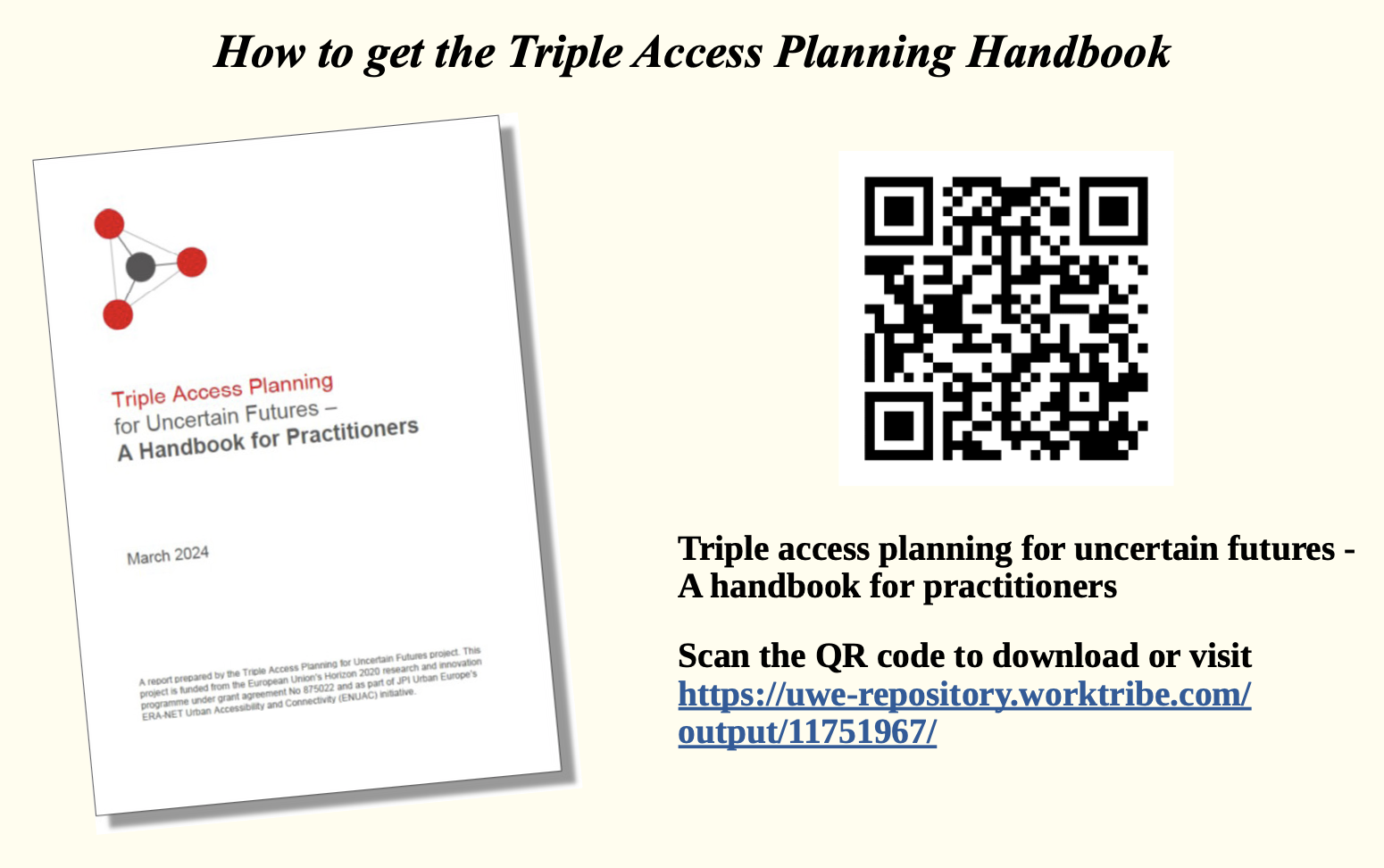
You are currently viewing this page as TAPAS Taster user.
To read and make comments on this article you need to register for free as TAPAS Select user and log in.

Log in